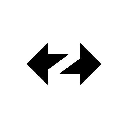-
 bitcoin
bitcoin $99177.955738 USD
-7.32% -
 ethereum
ethereum $3187.183061 USD
-12.38% -
 tether
tether $0.999809 USD
0.00% -
 xrp
xrp $2.117933 USD
-9.42% -
 bnb
bnb $906.710033 USD
-9.17% -
 solana
solana $149.367737 USD
-10.74% -
 usd-coin
usd-coin $0.999816 USD
0.01% -
 tron
tron $0.281498 USD
-0.38% -
 dogecoin
dogecoin $0.156292 USD
-8.00% -
 cardano
cardano $0.500744 USD
-10.19% -
 hyperliquid
hyperliquid $38.087358 USD
-4.58% -
 chainlink
chainlink $14.097831 USD
-8.54% -
 bitcoin-cash
bitcoin-cash $463.329916 USD
-9.22% -
 ethena-usde
ethena-usde $0.999078 USD
-0.01% -
 unus-sed-leo
unus-sed-leo $9.475862 USD
-0.79%
How to implement the zero-knowledge proof function of blockchain?
Zero-knowledge proofs enhance blockchain privacy by validating transactions without revealing sender, receiver, or amount, using protocols like zk-SNARKs or zk-STARKs.
Apr 14, 2025 at 04:29 pm

Zero-knowledge proofs (ZKPs) are a cryptographic technique that allows one party to prove to another that a statement is true without revealing any information beyond the validity of the statement itself. In the context of blockchain, ZKPs can significantly enhance privacy and security. This article will guide you through the process of implementing zero-knowledge proofs in a blockchain system, detailing each step and providing a comprehensive understanding of the technology.
Understanding Zero-Knowledge Proofs
Before diving into the implementation, it's crucial to understand what zero-knowledge proofs are and why they are important for blockchain. Zero-knowledge proofs allow a prover to convince a verifier that they know a value x, without conveying any information apart from the fact that they know the value x. This is particularly useful in blockchain for maintaining transaction privacy while still ensuring the integrity of the network.
In blockchain, ZKPs can be used to validate transactions without revealing the sender, receiver, or the amount involved. This not only enhances privacy but also reduces the data footprint on the blockchain, leading to more efficient and scalable networks.
Choosing the Right ZKP Protocol
There are several ZKP protocols available, each with its own strengths and use cases. zk-SNARKs (Zero-Knowledge Succinct Non-Interactive Arguments of Knowledge) and zk-STARKs (Zero-Knowledge Scalable Transparent Arguments of Knowledge) are two popular choices for blockchain applications.
- zk-SNARKs are known for their succinctness and non-interactivity, making them suitable for applications where computational resources are limited. They require a trusted setup, which can be a point of contention for some users.
- zk-STARKs, on the other hand, do not require a trusted setup and are more scalable, but they generate larger proofs.
Choosing the right protocol depends on your specific needs, such as the level of privacy required, the computational resources available, and the scalability of your blockchain.
Setting Up the Environment
To implement ZKPs in a blockchain, you'll need to set up a development environment that supports the chosen ZKP protocol. Here's how to do it:
- Install the necessary libraries: Depending on your chosen protocol, you'll need to install libraries such as
libsnarkfor zk-SNARKs orlibstarkfor zk-STARKs. These libraries can be installed using package managers likeaptorpip. - Set up a blockchain framework: Choose a blockchain framework that supports ZKPs, such as Ethereum with its zk-SNARKs integration or a custom blockchain built with Hyperledger Fabric.
- Configure the development environment: Ensure that your development environment is properly configured to compile and run ZKP-related code. This may involve setting up specific compilers or interpreters.
Implementing ZKPs in Smart Contracts
Once your environment is set up, you can start implementing ZKPs in your blockchain's smart contracts. Here's a step-by-step guide:
- Define the ZKP circuit: The first step is to define the ZKP circuit, which represents the statement you want to prove. This can be done using a domain-specific language like Circom for zk-SNARKs.
- Generate the proving and verification keys: Use the ZKP library to generate the proving and verification keys. These keys are used to create and verify proofs.
- Create the proof: In your smart contract, implement the logic to create a proof using the proving key. This proof will be generated based on the input data and the ZKP circuit.
- Verify the proof: Implement the verification logic in your smart contract to check the validity of the proof using the verification key. If the proof is valid, the transaction can proceed.
Here's an example of how you might implement this in a Solidity smart contract using zk-SNARKs:
pragma solidity ^0.8.0;
contract ZKPExample {
// Verification key
uint256[] public vk;
constructor(uint256[] memory _vk) {
vk = _vk;
}
function verifyProof(
uint256[2] memory a,
uint256[2][2] memory b,
uint256[2] memory c,
uint256[2] memory input
) public view returns (bool) {
// Verify the proof using the verification key
bool result = verify(a, b, c, input, vk);
return result;
}
function verify(
uint256[2] memory a,
uint256[2][2] memory b,
uint256[2] memory c,
uint256[2] memory input,
uint256[] memory vk
) internal pure returns (bool) {
// Implementation of the verification logic
// This is a simplified example and actual implementation may vary
return true; // Placeholder for actual verification logic
}
}
Integrating ZKPs with Blockchain Transactions
To integrate ZKPs with blockchain transactions, you need to modify the transaction validation process to include ZKP verification. Here's how to do it:
- Modify the transaction structure: Include fields in the transaction structure to hold the ZKP proof and any necessary input data.
- Update the transaction validation logic: Modify the blockchain's transaction validation logic to include a step where the ZKP proof is verified before the transaction is processed.
- Implement the ZKP verification in the consensus mechanism: Ensure that the consensus mechanism of your blockchain includes the ZKP verification step to maintain the integrity of the network.
For example, in a blockchain like Ethereum, you might modify the transaction validation process in the Ethereum Virtual Machine (EVM) to include a call to the verifyProof function of the ZKP smart contract before processing the transaction.
Testing and Deployment
After implementing ZKPs in your blockchain, it's essential to thoroughly test and deploy the system. Here's how to do it:
- Unit testing: Write unit tests to ensure that the ZKP implementation works correctly. Test the generation and verification of proofs under various scenarios.
- Integration testing: Test the integration of ZKPs with the blockchain's transaction processing and consensus mechanisms. Ensure that transactions are correctly validated and processed.
- Deployment: Deploy your blockchain with ZKPs to a testnet or mainnet, depending on your readiness. Monitor the system closely to ensure that it performs as expected.
Frequently Asked Questions
Q: Can ZKPs be used to hide the entire transaction on a blockchain?A: While ZKPs can hide specific details of a transaction, such as the sender, receiver, and amount, they cannot hide the fact that a transaction occurred. The transaction's existence and its hash are typically still visible on the blockchain.
Q: Are there any performance trade-offs when using ZKPs in blockchain?A: Yes, using ZKPs can introduce additional computational overhead, particularly during the proof generation and verification processes. However, the trade-off is often justified by the enhanced privacy and security they provide.
Q: How do ZKPs affect the scalability of a blockchain?A: ZKPs can improve scalability by reducing the amount of data that needs to be stored on the blockchain. However, the computational cost of generating and verifying proofs can impact the overall performance of the network.
Q: Can ZKPs be used with any blockchain platform?A: While ZKPs can theoretically be implemented on any blockchain, the practical implementation depends on the platform's support for the necessary cryptographic libraries and smart contract capabilities. Platforms like Ethereum have built-in support for ZKPs, while others may require custom development.
Disclaimer:info@kdj.com
The information provided is not trading advice. kdj.com does not assume any responsibility for any investments made based on the information provided in this article. Cryptocurrencies are highly volatile and it is highly recommended that you invest with caution after thorough research!
If you believe that the content used on this website infringes your copyright, please contact us immediately (info@kdj.com) and we will delete it promptly.
- Score Big with BetMGM Bonus Codes: NBA, NFL Week 10 Action!
- 2025-11-06 08:45:01
- Bitcoin's Flywheel Effect: Riding the Wave to All-Time Highs (and Beyond?)
- 2025-11-06 08:50:02
- Spur Protocol Daily Quiz: Your Gateway to Free Tokens and Web3 Education
- 2025-11-06 08:50:02
- PumpFun, Solana, Price Prediction: Riding the Solana Wave
- 2025-11-06 07:20:01
- Bitcoin Treasury Takes Root in Europe: Institutional Platforms Emerge
- 2025-11-06 07:45:01
- Lido & Chainlink CCIP: wstETH Transfers Get a Major Upgrade
- 2025-11-06 07:30:01
Related knowledge

What is a block explorer and how do you use it?
Oct 24,2025 at 12:36am
What Is a Block Explorer?1. A block explorer is a web-based tool that allows users to view and analyze data on a blockchain network in real time. It f...
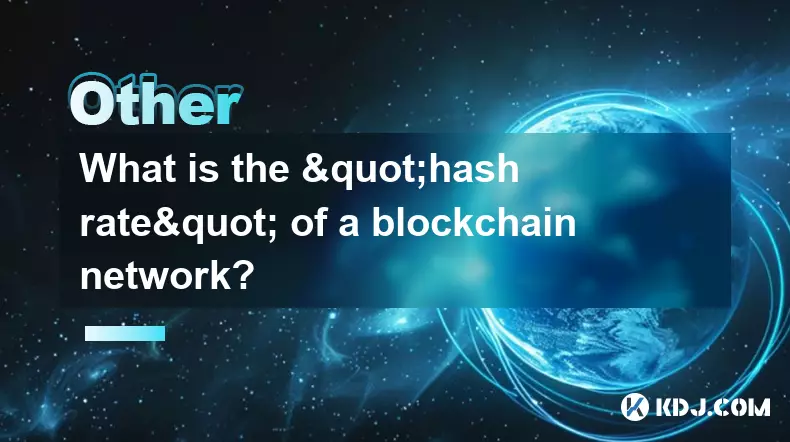
What is the "hash rate" of a blockchain network?
Oct 10,2025 at 03:55pm
Understanding Hash Rate in Blockchain Networks1. The hash rate refers to the total computational power being used to process transactions and mine new...
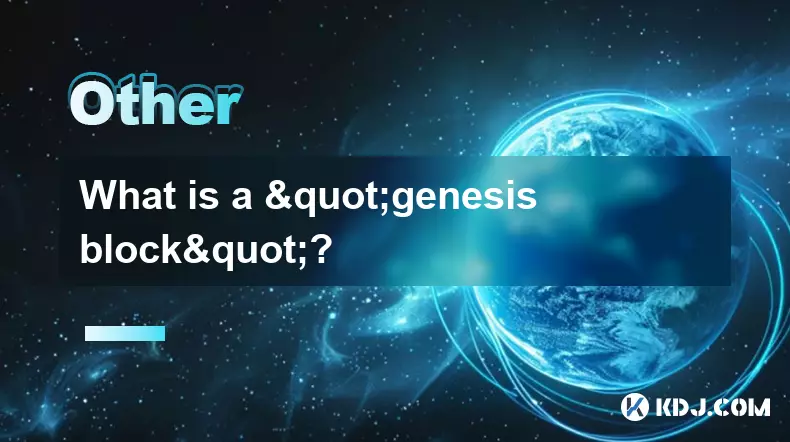
What is a "genesis block"?
Oct 15,2025 at 07:55pm
Understanding the Genesis Block in CryptocurrencyThe genesis block is the very first block in a blockchain network. It serves as the foundation upon w...
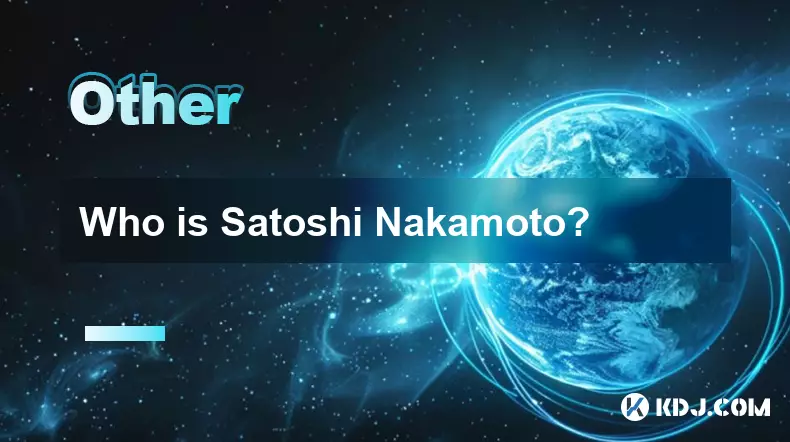
Who is Satoshi Nakamoto?
Oct 15,2025 at 01:01pm
Who is Satoshi Nakamoto?1. Satoshi Nakamoto is the pseudonymous individual or group credited with creating Bitcoin, the first decentralized cryptocurr...
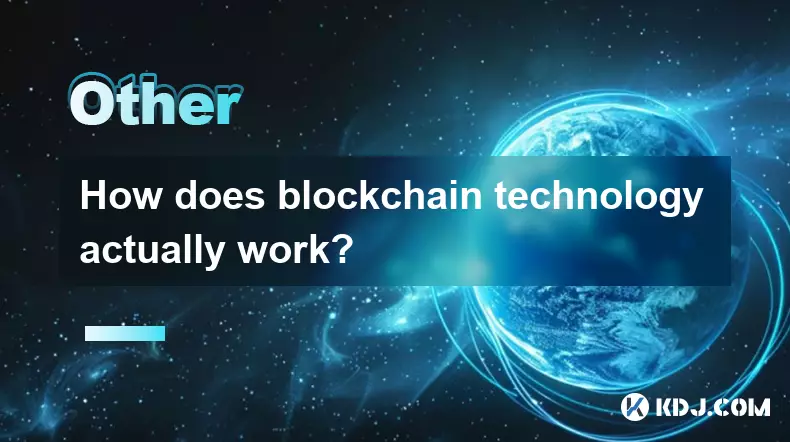
How does blockchain technology actually work?
Oct 11,2025 at 02:36pm
Understanding the Core Mechanism of Blockchain1. At its foundation, blockchain is a decentralized digital ledger that records transactions across mult...
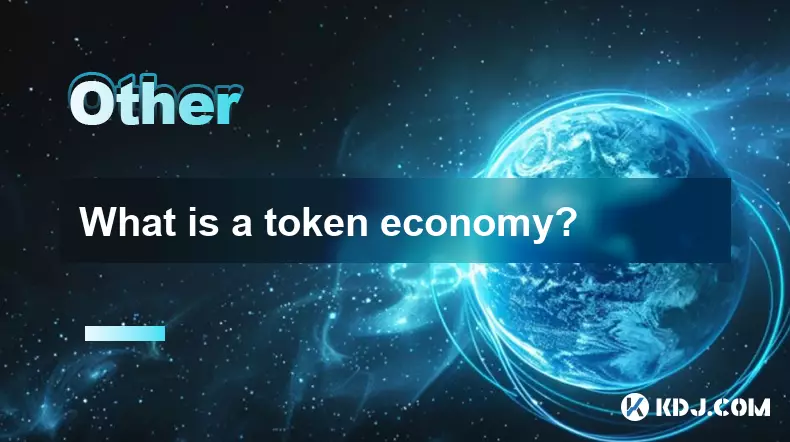
What is a token economy?
Sep 20,2025 at 12:18am
Understanding the Foundations of a Token Economy1. A token economy in the context of cryptocurrency refers to a system where digital tokens are used a...

What is a block explorer and how do you use it?
Oct 24,2025 at 12:36am
What Is a Block Explorer?1. A block explorer is a web-based tool that allows users to view and analyze data on a blockchain network in real time. It f...

What is the "hash rate" of a blockchain network?
Oct 10,2025 at 03:55pm
Understanding Hash Rate in Blockchain Networks1. The hash rate refers to the total computational power being used to process transactions and mine new...

What is a "genesis block"?
Oct 15,2025 at 07:55pm
Understanding the Genesis Block in CryptocurrencyThe genesis block is the very first block in a blockchain network. It serves as the foundation upon w...

Who is Satoshi Nakamoto?
Oct 15,2025 at 01:01pm
Who is Satoshi Nakamoto?1. Satoshi Nakamoto is the pseudonymous individual or group credited with creating Bitcoin, the first decentralized cryptocurr...

How does blockchain technology actually work?
Oct 11,2025 at 02:36pm
Understanding the Core Mechanism of Blockchain1. At its foundation, blockchain is a decentralized digital ledger that records transactions across mult...

What is a token economy?
Sep 20,2025 at 12:18am
Understanding the Foundations of a Token Economy1. A token economy in the context of cryptocurrency refers to a system where digital tokens are used a...
See all articles






































































